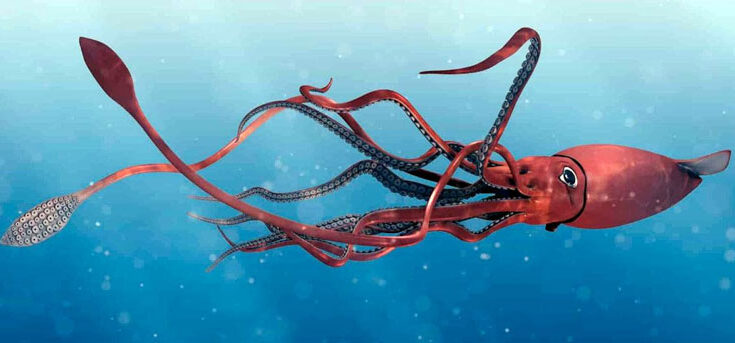Column By Mike Bibb
Believe it or not, I’ve actually experienced an encounter with a school of Humboldt squid.
Years ago, while fishing with Safford construction contractor, Duane Rhodes, in the Sea of Cortez around the Guaymas-San Carlos area, we hooked something about 300 feet down.
It wasn’t a sporting fish as it didn’t make a run or try to outmaneuver us. Instead, it felt like pulling on an old, submerged truck tire. Every few moments, it would briefly move 20-30 feet and stop.
We cranked on the reels for 15 or 20 minutes, gradually pulling the object to the surface.
When about 30 or 40 feet from the boat, it suddenly broke free and the line went limp. A few seconds later, a black beak-like looking object appeared attached to the hook.
“What the hell is that?” I instantly erupted.
“I don’t know,” Duane replied. “Haven’t seen anything like it. Whatever it was, it was eaten on the way up.”
Shortly after, another line became taut. Repeating the same routine in struggling with the object, we eventually wrestled it to the side of the boat and discovered it was a seven-foot-long squid of some sort.
Not being an avid open water fisherman, or knowing one squid from another, I realized we had tossed our bait and hooks into a pod of several of the creatures.
Before we were finished, we yanked up about five or six of the shiny animals, and everyone had the big black beak.
I learned a couple of things that day — some sea beasts have menacing beaks, and the Mexican locals regard the meat as a delicacy: Calamari.
On that particular adventure, we donated the entire squid catch to whomever wanted it.
That’s been my one-and-only encounter with a Humboldt squid. They don’t seem to be very prevalent in Roper Lake or the Gila River.









